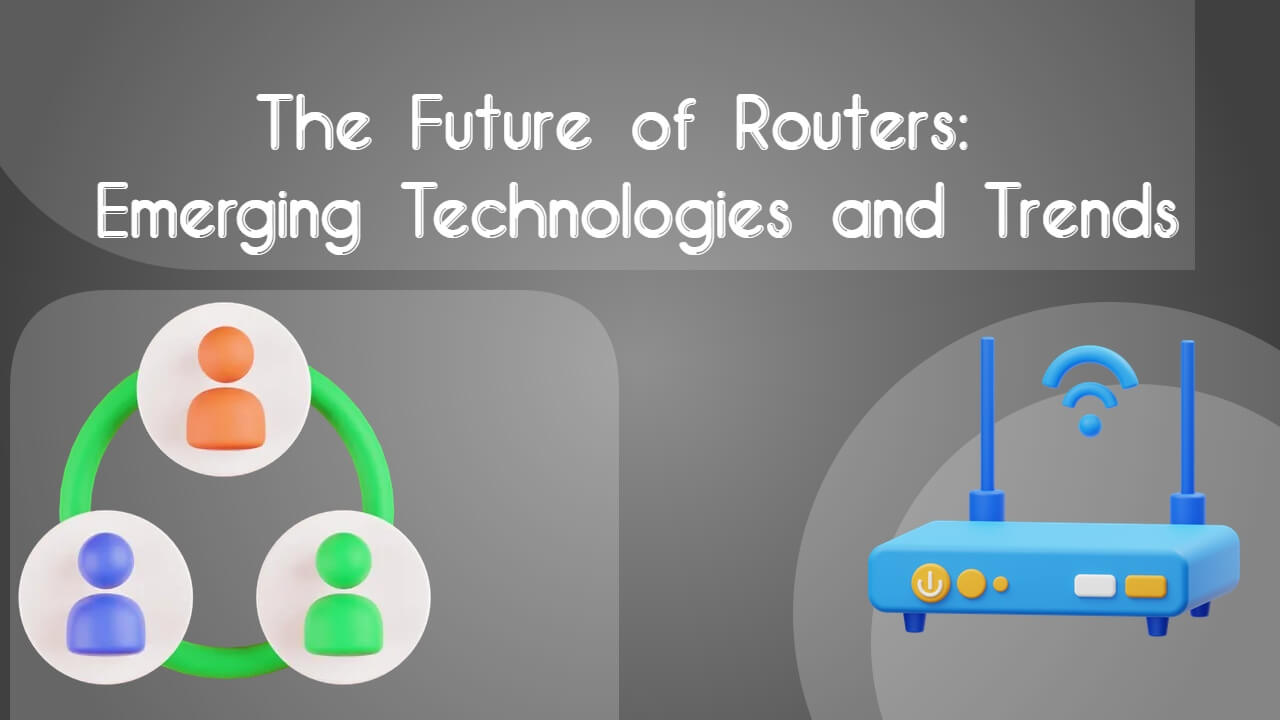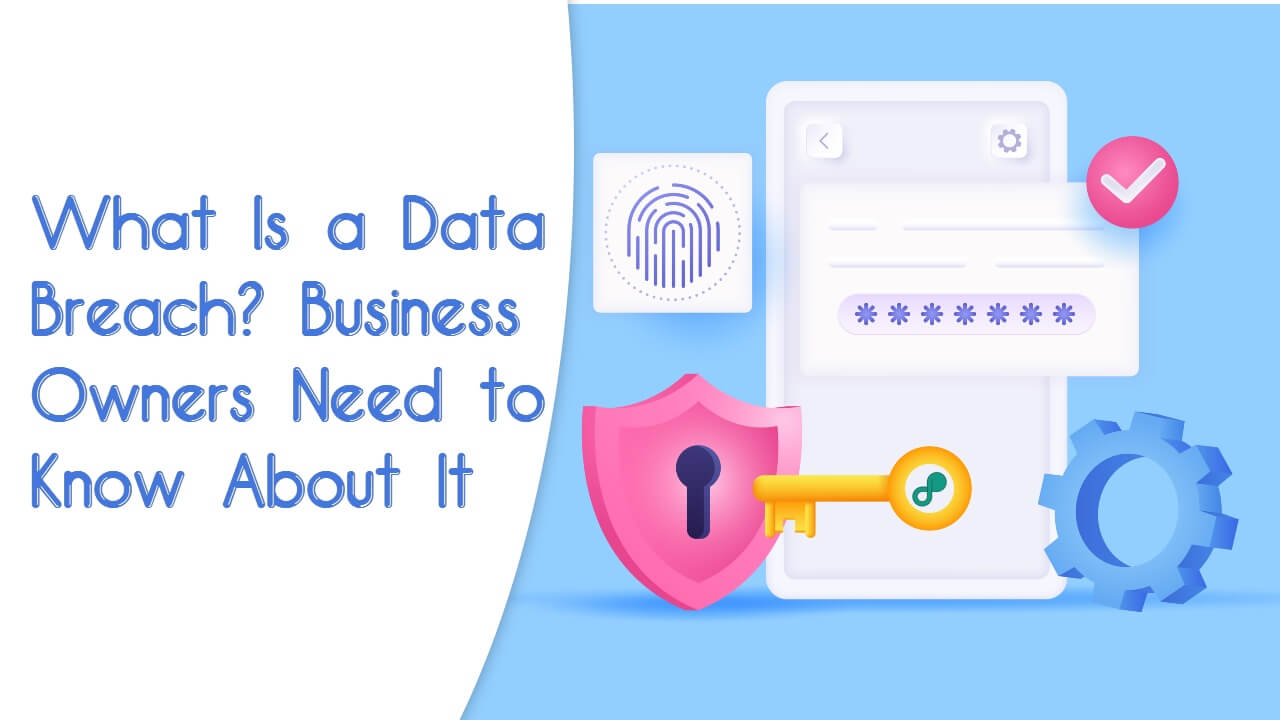01 Aug

As we navigate our daily lives, an invisible network of technology hums in the background. It ties us together, making our world more connected, but it also harbors unseen threats. Unbeknownst to many, a silent predator stalks within this web of interconnectivity. Its prey? Our identities.
Identity theft is no longer a shadowy figure stealing mail from your postbox or rifling through your trash for bank statements. It has transcended physical boundaries, slipping into the digital realm, as elusive as a specter, and twice as insidious.
So, how has technology propelled identity theft into this new age, and how can we harness its power to fortify our defenses? This article ventures into the heart of this intricate matrix, untangling the intricate relationship between technological evolution, cybercrime, and identity protection.
The Evolution of Identity Theft
Let's step back in time to chart the evolution of identity theft. As we journey from the analog past to the digital present, we'll uncover how technology has transformed this crime from a tangible threat to a digital specter.
From Paper to Pixels
Identity theft is not a new phenomenon. In the past, it was a game of paper trails and physical intrusion. Thieves would dig through trash, snatch purses, and intercept mail. But as the world shifted from paper to pixels, so did identity theft.
With our lives increasingly entrenched in the digital sphere, data breaches are more prominent. Our personal information — once hidden in locked drawers and secure mailboxes — now floats in a cloud of data, waiting to be plucked by savvy thieves.
Technology: A Double-Edged Sword
Technology, a beacon of progress, has inadvertently provided a platform for these new-age predators. Its rapid advancement has opened up fresh avenues for illicit activities. Online transactions, social media presence, and internet browsing are all gold mines for identity thieves who know where to look.
While technology brings risks, it also provides novel solutions. For instance, identity theft protection software delivers advanced tools to protect digital identities. But don’t count on technology to instantly solve an issue. You need to do research. On that note, when choosing a provider, don’t just look at rankings. Find out the reason why. If, say, a provider like LifeLock doesn’t rank well, know the factors. They may or may not be relevant to your needs.
How Cybercriminals Use Technology to Exploit Identities
Technology is the identity thief's most potent weapon in our connected world. Sophisticated tools and techniques have made it easier than ever for them to access and exploit personal information.
Social Media: The Information Goldmine
A seemingly harmless Facebook post or a Tweet can reveal details that identity thieves can use to impersonate you. Our digital self-expression unwittingly provides ammunition to those looking to steal identities.
Phishing and Email Scams: The Digital Lure
Phishing scams are another tool in the identity thief's arsenal. Cleverly disguised as legitimate emails or messages, they trick victims into revealing sensitive information. You might unknowingly hand over your data to cyber thieves with a single click.
Malware and Hacking: The Stealthy Invaders
Malicious software, also called malware, can be a catastrophic invader. It slips into your computer unnoticed, often through seemingly harmless downloads, and quietly steals your information. Hackers also exploit software vulnerabilities, breaking into your devices and networks to pilfer your data.
Data Breaches: The Enabler of Mass Identity Theft
Data breaches have become a significant enabler of mass identity theft. Large-scale breaches compromise the sensitive information of millions of individuals, providing cybercriminals with an abundance of data to perpetrate identity fraud. Companies and organizations must prioritize data security and take necessary precautions to safeguard customer information, as a single breach can have far-reaching consequences.
With these tools, cyber thieves can create an eerie replica of your digital persona, using it to commit fraud, drain bank accounts, or even manipulate your social circles. Technology's role in identity theft extends beyond mere data collection—it enables digital impersonation on a scale never seen before.
Novel Technologies in Fighting Identity Theft
As the threat of identity theft continues to evolve, so do the technologies aimed at combating this modern menace. With cybercriminals employing increasingly sophisticated techniques, the defense against identity theft demands constant innovation. Here are some novel technologies that have emerged as powerful tools in the fight against identity theft:
Artificial Intelligence (AI) and Machine Learning
AI and machine learning have revolutionized cybersecurity by enhancing threat detection and response capabilities. These technologies can analyze vast amounts of data, detect patterns, and identify anomalies that might indicate potential identity theft attempts.
AI-powered identity protection solutions can swiftly adapt to new threats and cyberattack patterns, making them invaluable in safeguarding against ever-changing tactics used by cybercriminals.
AI can also be used for behavioral biometrics, analyzing a user's unique patterns of behavior, such as typing speed, mouse movements, and mobile device interactions. By continuously monitoring these behavioral biometrics, AI algorithms can detect if a user's identity has been compromised and trigger appropriate security measures.
Blockchain Technology
Blockchain technology, best known for its association with cryptocurrencies, holds promise for identity theft prevention. In a blockchain-based identity system, personal information is decentralized, encrypted, and securely stored in distributed ledgers.
Users can grant access to specific parts of their identity only when needed, reducing the risk of a centralized data breach. This decentralized approach significantly enhances data privacy and control, making it harder for cybercriminals to exploit large-scale data repositories.
Biometric Continuous Authentication
Biometric authentication has become widely adopted in many sectors, but continuous biometric authentication takes it a step further. This technology continuously monitors a user's biometric traits, such as fingerprint patterns, facial features, or voice, during the entire session, ensuring that the authenticated user remains the same throughout the interaction.
If there are deviations or signs of possible identity theft, the system can prompt additional verification or even lock access to prevent unauthorized usage.
Quantum Encryption
Based on the principles of quantum mechanics, quantum encryption provides unparalleled levels of security. Traditional encryption methods rely on mathematical algorithms, which could potentially be broken by quantum computers in the future. Quantum encryption, however, utilizes the fundamental properties of quantum particles, making it nearly impossible to intercept or decode data without disturbing the communication, thus alerting the parties involved.
Implementing quantum encryption can ensure that sensitive information remains protected against future threats posed by quantum computing.
Behavioral Analytics
Behavioral analytics is a technology that analyzes user behavior and interactions with digital systems to establish patterns and detect anomalies.
By understanding typical user behavior, behavioral analytics can identify unusual activities that might indicate identity theft or unauthorized access.
This technology can play a crucial role in detecting account takeovers and fraudulent transactions, allowing organizations to take prompt action to protect their users.
Secure Hardware Tokens
Secure hardware tokens provide an extra layer of authentication by generating one-time passwords or cryptographic keys that users must enter during login or transaction authentication.
These physical tokens can be key fobs, smart cards, or USB devices. Since hardware tokens are separate from the user's device, they add an extra level of security, protecting against keyloggers and other software-based attacks.
Other Countermeasures Against Identity Theft
Aside from the technologies earlier mentioned, below are other countermeasures that can be equally effective in fighting the threat of identity theft.
Encryption and Secure Networks
Encryption is the process of encoding information, making it unreadable to anyone who doesn't have the decryption key. It's like a fortress wall for your data, shielding it from prying eyes. Similarly, secure networks, like VPNs, create encrypted tunnels for your data to travel through, making it harder for thieves to intercept.
Two-Factor Authentication
By requiring a second form of verification—like a text message code—on top of a password, it provides an extra layer of security. Even if a thief steals your password, they'll likely hit a dead-end without the second verification factor.
Regular Updates and Software Patches
Keeping your software up-to-date is essential in the fight against identity theft. Developers regularly release updates and patches to fix vulnerabilities that hackers could exploit. Think of these as reinforcing your digital fortress's walls.
Password Managers
Implementing the best password management practices can also effectively combat identity theft. However, creating and remembering passwords for all your accounts can be a daunting task. Enter password managers. These tools generate and store complex passwords, locking them behind one master password. This way, each of your accounts has a unique, strong password, enhancing your security.
Identity Theft Protection Services
Identity theft protection services are like private detectives for your digital identity. They monitor a variety of channels—credit reports, public records, dark web activities—for any suspicious use of your personal information. If something looks amiss, they alert you, allowing you to take corrective action before significant damage occurs.
Privacy Settings
Never underestimate the power of properly configured settings for protecting your digital privacy. Social media platforms and other online services often provide a range of settings that allow you to control who can access your information. By fine-tuning these settings, you can significantly reduce the amount of personal information available to potential identity thieves.
User Awareness and Education
Finally, technology is only as good as the people who use it. Knowledge is power in the world of cybercrime. Being aware of potential threats, understanding how to spot scams, and knowing how to react can make you a human firewall—a robust defense against identity theft.
Conclusion
In our interconnected world, the shadow of identity theft looms large. However, through understanding the symbiotic relationship between technology and this modern crime, we transform a potential adversary into our greatest ally.
From the impenetrable walls of encryption to the vigilant eyes of protection services, we equip ourselves with a formidable arsenal. In this era of digital identities, awareness is our compass, and technology—rightly wielded—is our sturdy shield against the specter of identity theft.
.png)













Jay Pala